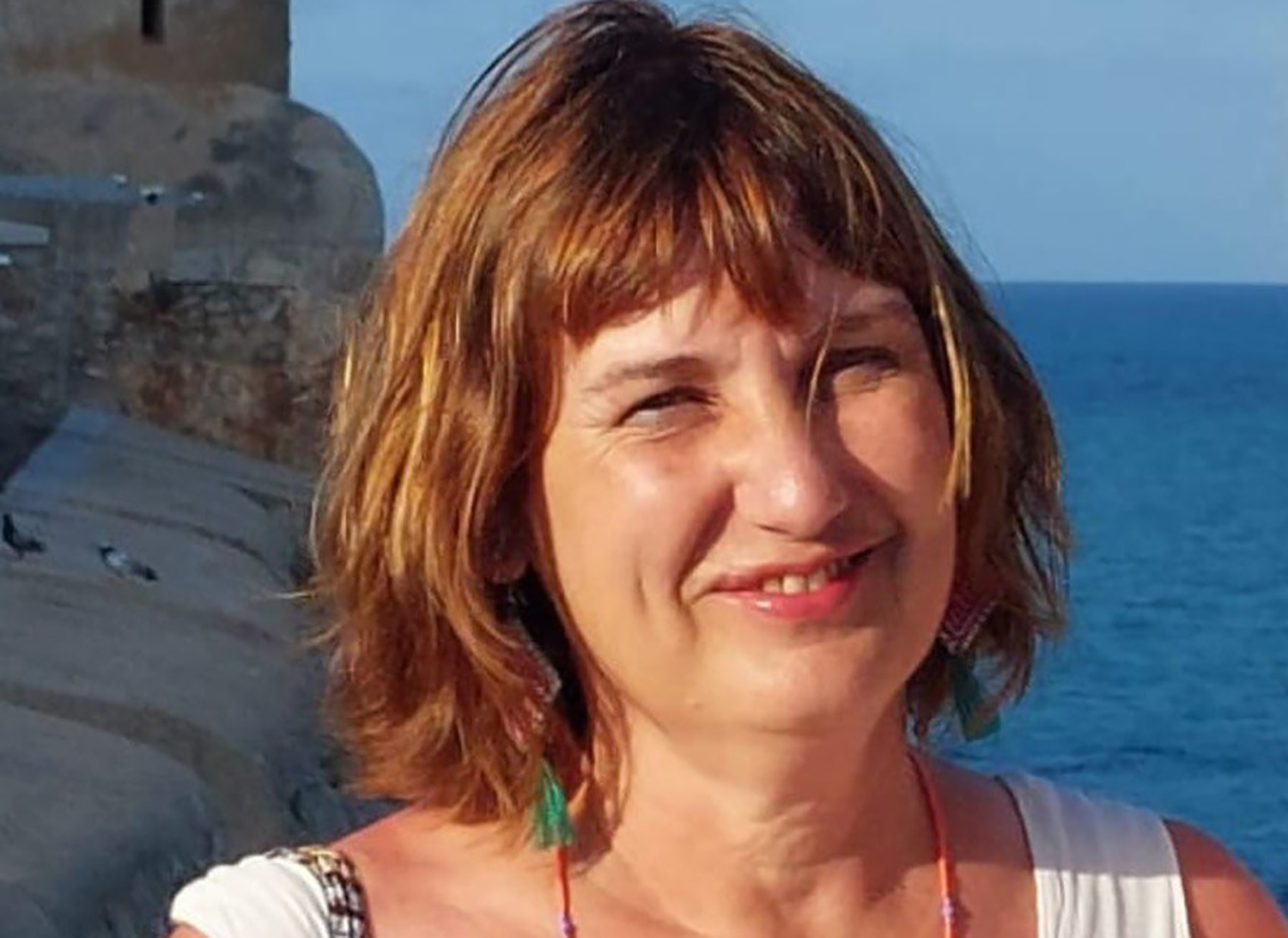
- Paula Barrio, professor of oncological yoga, works on tools for oncological processes: “We connect with the body and the injured area.”

Paula Barrio (Pamplona, 1965) teaches oncological yoga with passion and a lot of enthusiasm. In 2002, yoga was a discovery for Barrio. Yoga is good for him and he believes that it can be a “great help” for those who are going through oncological processes. Back in 2010, the Spanish Association Against Cancer offered him a series of workshops. Since then, he has been training with psychologists and doctors, and later specialized in the Radika Foundation with Professor Adriana Jarrín. Currently, it is part of the International Oncology Network and provides oncology yoga in the Alaya Yoga space in Mutila (Navarra). Explain what the classes are like.
What is Oncological Yoga?
Yoga is an adaptation in itself, but in the case of oncology we adapt much more to the needs of each one. To do this, it is very important to know the types, effects and symptoms of cancer and to propose practices accordingly.
Is it important to know the students?
First, the most important thing is to ask people to know what they have or what diagnosis they have received, if they have had an operation and things like that. Knowing the situation of each one helps to know what can do you good and what can not. For example, we won’t tell a person who has had an abdominal operation to put it on his or her back.
You also use supports to adapt the sessions. In what way?
We use chairs, blocks, yoga pads and other supports to achieve the same effects as other poses. In other words, we work in the area that we want, but without exceeding the limits that we have at that time. Maybe one day you need a chair in one particular thing and the next you don't. We look for many options; for example, if I want to open my chest, but I have an operation on my chest, and raising my arm hurts me, I will look for this effect by bringing my arm to my hip.
"A kind of internal balance is created, and in general the blocks that improve the physical condition are released"
What kind of emotional benefits does it have?
People who come to oncological yoga have certain characteristics in common; they experience anxiety, lack of control and uncertainty. That’s why I try to create a quiet space in which they feel very safe. We connect in a friendly and friendly way with the body and the injured area. It is a kind of relief that allows you to be good to yourself, but without neglecting, forgetting and identifying the cancer. It is a constant observation that helps the attention. In these situations of attention, a feeling of immense tranquility is created. Feeling it in the moment is beneficial, but it’s better if you take it further. However, it is something that develops with dripping and practice. These breaths can help when we need to be diagnosed or tested and we can’t move.
Does it help to reconnect with the body?
When the hair begins to fall and/or a part of the body is removed, the image they have with respect to their bodies is cured. Some people say they’re stupid because they care because their hair is falling, but it’s not silly: it causes a lot. You don’t really understand what your body is doing. So, reconnecting with the body is very important and also increasing self-esteem.
What about the physical level?
Treatments have several effects in common, such as loss of mobility due to surgery or radiotherapy, loss of bone density due to chemo, loss of muscle tissue, toxicity due to treatments, and vomiting. Yoga does not perform miracles, but with practice they can be improved. It has the benefits of any type of physical exercise. The fact is that oncological yoga is based on tenderness and respect. The goal is not to get anywhere, but to work slowly and without violence. A kind of internal balance is created and blocks that generally improve the physical condition are released.

Is it also helpful to re-enter?
The support networks that are created in yoga are very important. Being with those who experience the same or similar processes makes them feel that they are in a safe space. After all, they understand each other and people feel very good because they don’t have to show, hide or hide anything. She's very pretty.
There is no fee in your classes, you just have to pay for the expenses. Is the goal to be more accessible?
I have no financial interest and I feel good about teaching. Since I consider it essential that anyone who needs it can do yoga, the most important thing for me is that no one is left out because they do not have the financial means to pay.